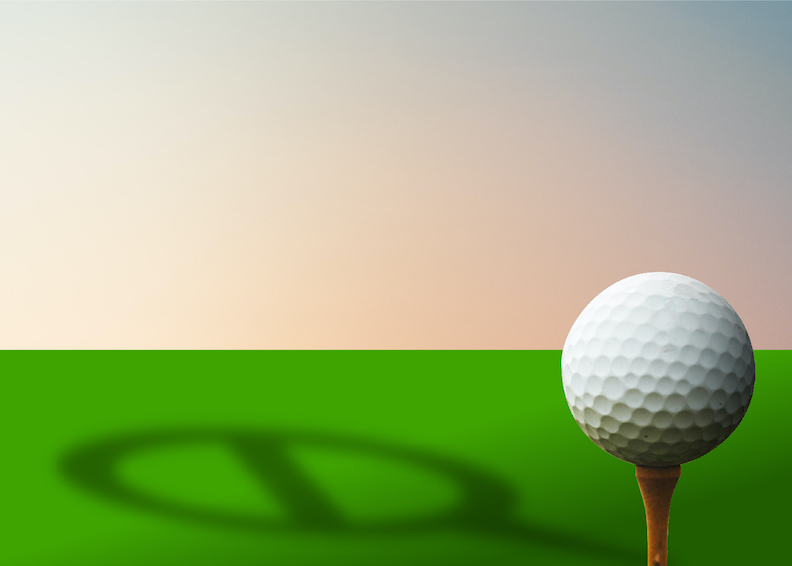Behind the scenes
There’s no mistaking the sports medicine room at Portland State University, due to the un-circulated odor of athletes. Down in the lower level of the Peter Stott Center the trainers go about their work tending to injuries and timing rehab exercises. With the athletic training minor being removed from PSU’s curriculum, the number of trainers is quickly fading. As of now the athletic training roster has two graduate students, two undergrads and four full-time trainers. Michele Peters is one of those undergrads helping to keep the players healthy and able to compete.
Peters has been involved in the athletic training program for two years and enjoys it. She doesn’t really care what sport she covers. Since the training room is short-staffed, Peters and the other trainers cover more sports than most schools’ trainers. They just got through with wrestling and tennis and is now into volleyball and football. But down in the training room she treats athletes from every sport. Each of the trainers have their sports that they are signed up to attend the events of, but all share the duties in the training room.
As an example of how short-staffed the training program is Peters said it would be great to have 11 trainers at the football game, but usually they only have six or seven. The road games have even less trainers since only three are allowed to go.
“I’m just glad to be working as an athletic trainer. The general public can be hard to deal with,” Peters said as she passed a rubber ball to a player rehabbing his ankle.
“We have a lot of Academic All-Americans,” Peters said. “Not a bunch of dumb jocks.”
Peters transferred from Mt. Hood Community College to PSU to pursue her Athletic Training Certificate (ATC). She first looked at Oregon State’s four-year athletic training program, but decided that PSU’s two-year minor looked better.
“OSU’s program would be more of a degree, but I couldn’t do it in two years,” Peters said.
Peters is a looking to earn her master’s in physical therapy after she graduates from Portland State, and she isn’t too picky about where she goes.
“Whoever pays me,” Peters said in regards to her search for a grad school. “I’ll go wherever.”
University of Nevada Las Vegas is one school that she has in mind. UNLV has very nice facilities for its athletic trainers, Peters explained. The Rebels have separate rooms for everything from taping to exercise bikes and treadmills, which is a big difference from PSU’s one-room facility.
Peters wasn’t always on the sidelines. Before she set her goals on physical therapy, she was a gymnast. Peters was second in the women’s all around for the Junior Olympics in the early 1980s. Some of the grad schools that she has applied to have gymnastic programs. If the school she attends has a program she would like to get involved as a trainer for the gymnasts.
As a student trainer, part of Peter’s job is to evaluate the injuries that come in. At times the evaluation part can be torturous for the athletes.
“It can be painful,” the 32-year-old trainer said. “It involves some poking and pulling.”
After assessing the injury, the trainers get the athlete the proper treatment followed by rehabilitation. From there it’s about care and prevention, which is aimed toward not letting the injury reoccur. The trainers also do a series of tests they call the HOPS (History, Observation, Palpation and Special tests). These tests are used to inform the trainer how the injury occurred, if it’s happened before, where the pain is located and the severity of the injury.
Peters has seen a wide variety of injuries during her two years as a trainer. The most common are shin splints from the track athletes. Peters has also seen her share of torn ligaments and shoulder injuries.
“Quinn’s (Collett) elbow wasn’t pretty,” Michele said of the wrestler who dislocated an elbow this season.
Close to the end of her minor, Peters has eight classes to go to earn her ATC. The minor requires 43 credit hours plus a six or nine credit internship. Although she only has eight classes left, she won’t finish until winter because of how busy the sports medicine job keeps her. She is just getting started with volleyball and their double days are during the summer class session leaving no time for summer school.
Summer break isn’t the same for her as it is for other students, Peters explained. She gets a five or six-week summer, unlike most students’ three-month break, then it’s back to work.
“I treasure June,” Peters said of the month with the least amount of athletic activity.
When Michele isn’t down in the training room, out on the sidelines or in class, she works at McCormick and Schmick’s restaurant.
“You don’t think athletic training pays the bills,” Peters said with a laugh.
When the student-training program is eliminated, PSU might have to hire outside help to provide the training the program needs.
“Once we’re gone I don’t know what they’re going to do,” Peters said.


